Home>Gardening & Outdoor>Landscaping Ideas>How To Get Rid Of Buffalo Grass
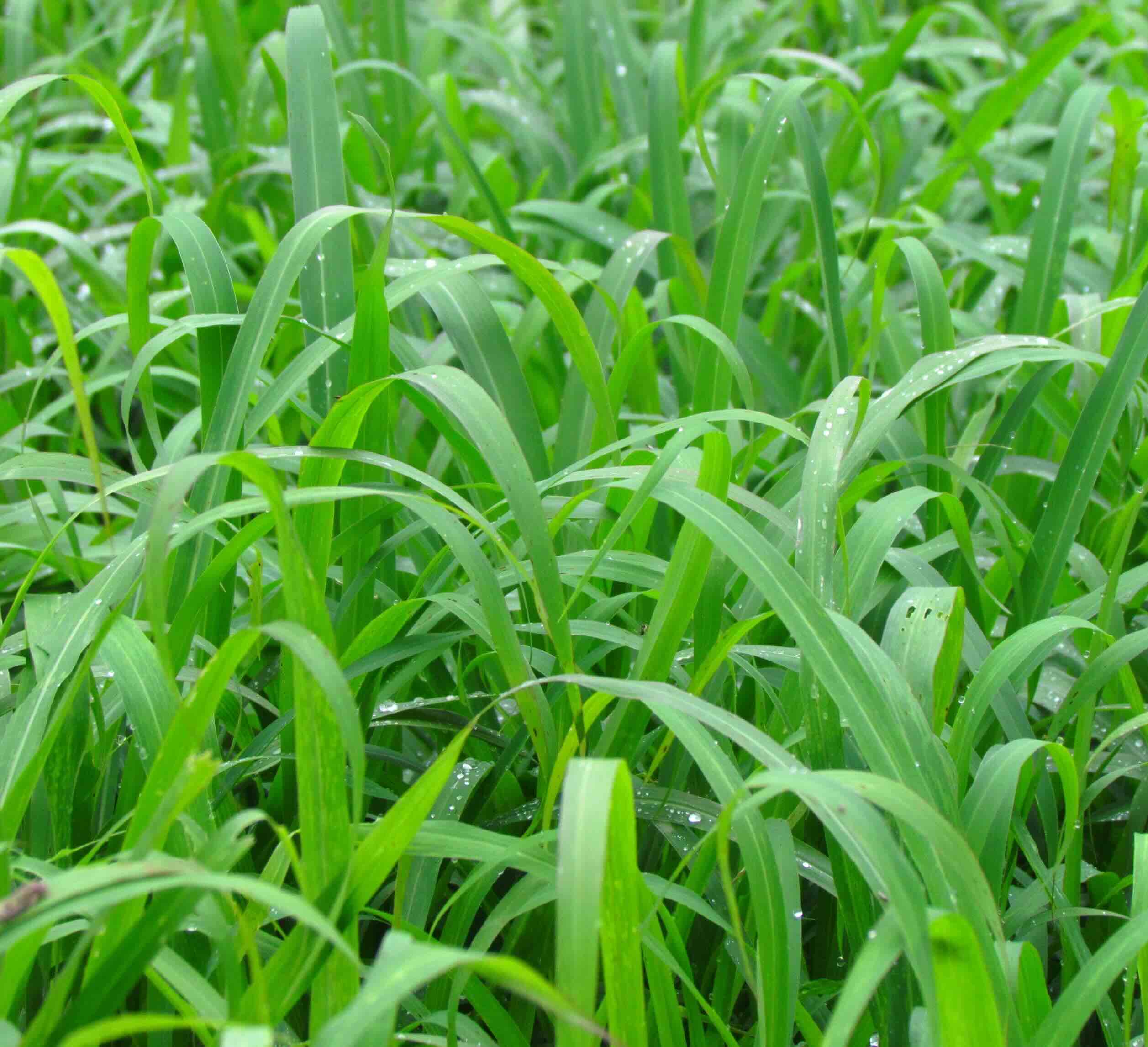

Landscaping Ideas
How To Get Rid Of Buffalo Grass
Modified: February 18, 2024
Learn effective landscaping ideas to remove buffalo grass from your lawn. Discover expert tips and techniques for a lush, weed-free yard.
(Many of the links in this article redirect to a specific reviewed product. Your purchase of these products through affiliate links helps to generate commission for Storables.com, at no extra cost. Learn more)
Introduction
Buffalo grass, known for its hardy nature and resilience, is a warm-season perennial grass that can thrive in a variety of conditions. While it is valued for its drought tolerance and low maintenance requirements, it can become a nuisance when it invades lawns, gardens, and other landscaped areas where it is not wanted. Dealing with buffalo grass infestations requires a strategic approach to ensure effective removal and prevention of re-growth.
In this comprehensive guide, we will explore various methods for getting rid of buffalo grass, ranging from manual removal techniques to chemical treatments. By understanding the characteristics of buffalo grass and the most effective removal strategies, you can regain control of your landscape and prevent the persistent re-emergence of this resilient grass species.
Whether you are a homeowner, a landscaping enthusiast, or a professional in the field, this guide will equip you with the knowledge and techniques needed to tackle buffalo grass infestations effectively. Let's delve into the world of buffalo grass removal and reclaim the beauty of your outdoor spaces.
Key Takeaways:
- Say goodbye to buffalo grass by hand pulling, sod removal, solarization, and mulching. Prevent re-growth with proper lawn care, monitoring, soil health, competitive plants, and education. Reclaim your landscape with targeted strategies.
- Understand buffalo grass, remove it manually or with chemicals, and prevent re-growth through proactive measures. Take control of your outdoor spaces and create a beautiful, resilient landscape.
Read more: How To Get Buffalo Grass To Spread
Understanding Buffalo Grass
Buffalo grass (Buchloe dactyloides) is a warm-season perennial grass native to the Great Plains region of North America. It is known for its distinctive blue-green hue and its ability to thrive in a wide range of soil types, from clay to sandy soils. This grass species is highly adaptable and can withstand drought, making it a popular choice for lawns and landscapes in arid regions.
One of the key characteristics of buffalo grass is its low growth habit, which forms a dense, carpet-like turf. This trait makes it an attractive option for areas where a low-maintenance, uniform lawn is desired. However, the same resilience and vigor that make buffalo grass desirable in certain settings can also lead to its invasive nature in others.
Buffalo grass spreads through stolons, which are above-ground stems that root at the nodes, enabling the grass to propagate and form new growth points. This aggressive spreading behavior allows buffalo grass to quickly colonize areas where it is not wanted, such as flower beds, vegetable gardens, and ornamental landscapes.
In addition to its rapid spread, buffalo grass exhibits excellent heat and drought tolerance, enabling it to outcompete other plant species in challenging environmental conditions. Its deep root system further enhances its ability to survive and thrive, making it a formidable opponent for those seeking to eradicate it from their landscapes.
Understanding the growth habits, resilience, and propagation mechanisms of buffalo grass is crucial for developing effective removal strategies. By gaining insight into the biology and behavior of this grass species, individuals can implement targeted removal methods that address its specific characteristics, thereby increasing the likelihood of successful eradication.
As we delve deeper into the methods for removing buffalo grass, this understanding will serve as a foundation for selecting the most appropriate and effective approach to reclaiming landscapes from the encroachment of this persistent grass species.
Manual Removal Methods
Manual removal methods offer a hands-on approach to tackling buffalo grass infestations, providing an effective means of eradicating the grass without relying on chemical treatments. While manual removal can be labor-intensive, it is a targeted and environmentally friendly approach that allows for precise removal of buffalo grass from specific areas within a landscape.
Hand Pulling
Hand pulling is a straightforward yet labor-intensive method for removing buffalo grass. It involves physically grasping the grass near its base and pulling it out, ensuring that the entire plant, including the roots, is extracted. This method is most effective for small infestations or isolated patches of buffalo grass. It is important to perform hand pulling when the soil is moist to facilitate easier extraction of the roots, minimizing the likelihood of regrowth.
Sod Removal
For larger infestations or areas where buffalo grass has formed a dense mat, sod removal may be a more practical approach. This method entails cutting out the affected turf and underlying soil, effectively removing the buffalo grass and its root system. Sod removal is particularly useful when transitioning from buffalo grass to an alternative turfgrass species or when renovating a landscape to eliminate the presence of buffalo grass entirely.
Read more: How To Get Rid Of Grasshoppers
Solarization
Solarization is a non-chemical method that utilizes solar heat to eradicate buffalo grass and other unwanted vegetation. This technique involves covering the affected area with a clear plastic tarp, which traps solar energy and raises the soil temperature to levels that are lethal to the grass and its seeds. By maintaining the plastic cover for an extended period, typically several weeks during the hottest months, solarization can effectively deplete the buffalo grass population and reduce the viability of its seeds in the soil.
Mulching
Mulching serves as a preventive and suppressive measure against buffalo grass re-growth. By applying a layer of organic mulch, such as wood chips or straw, over cleared areas, the emergence of buffalo grass seeds and regrowth of residual plants can be inhibited. Mulching also helps retain soil moisture and suppresses weed growth, contributing to the overall health and appearance of the landscape while impeding the resurgence of buffalo grass.
Manual removal methods can be combined and tailored to suit the specific characteristics of the buffalo grass infestation, providing a comprehensive approach to eradicating this resilient grass species from landscapes. By integrating manual removal techniques with preventive measures, individuals can effectively address buffalo grass infestations while promoting the long-term health and vitality of their outdoor spaces.
Chemical Removal Methods
Chemical removal methods offer an efficient and targeted approach to eradicating buffalo grass infestations, particularly in cases where manual removal may be impractical or ineffective. When used responsibly and in accordance with product labels and environmental regulations, herbicides can provide effective control of buffalo grass while minimizing harm to non-target plants and the surrounding ecosystem.
Selective Herbicides
Selective herbicides designed specifically for grassy weed control can be employed to target buffalo grass while preserving desirable broadleaf plants and turfgrass species. These herbicides contain active ingredients that selectively target grassy weeds, making them an effective option for controlling buffalo grass within lawns, ornamental landscapes, and other managed areas. When applying selective herbicides, it is crucial to follow label instructions regarding application rates, timing, and environmental considerations to achieve optimal results while minimizing off-target effects.
Read more: How To Get Rid Of Crabgrass
Non-Selective Herbicides
In cases where buffalo grass infestations occur in non-turf areas, such as gravel pathways, driveways, or unplanted zones, non-selective herbicides can be utilized to achieve comprehensive control. Non-selective herbicides are designed to eliminate a broad spectrum of plant species, including grasses, broadleaf weeds, and woody plants. When using non-selective herbicides to target buffalo grass, care must be taken to avoid contact with desirable plants, as these products can cause unintended damage if applied indiscriminately.
Pre-Emergent Herbicides
Pre-emergent herbicides offer a proactive approach to preventing the germination and establishment of buffalo grass seeds. By applying pre-emergent herbicides at the appropriate timing, typically before the onset of the growing season, the emergence of buffalo grass seedlings can be inhibited, reducing the need for post-emergent control measures. Pre-emergent herbicides form a barrier in the soil, preventing the successful germination of buffalo grass seeds and contributing to long-term suppression of infestations.
Post-Emergent Herbicides
Post-emergent herbicides are effective for controlling actively growing buffalo grass plants. These herbicides are applied directly to the foliage of the target plants, where they are absorbed and translocated throughout the plant, ultimately leading to its demise. When using post-emergent herbicides, it is essential to consider factors such as application timing, weather conditions, and the growth stage of the buffalo grass to maximize the efficacy of the treatment while minimizing impacts on non-target vegetation.
Integrated Approach
In many cases, a combination of chemical and manual removal methods, along with preventive measures, may offer the most effective and sustainable approach to buffalo grass control. By integrating chemical removal methods with manual techniques and cultural practices, individuals can develop a comprehensive strategy that addresses existing infestations while minimizing the potential for re-growth and spread of buffalo grass within the landscape.
Chemical removal methods, when used judiciously and in conjunction with best management practices, can provide effective control of buffalo grass infestations, contributing to the restoration and maintenance of aesthetically pleasing and ecologically balanced landscapes. It is important to prioritize environmental stewardship and responsible herbicide use to ensure the long-term health and vitality of outdoor spaces while managing buffalo grass infestations effectively.
Read more: How To Plant Buffalo Grass Seed
Preventing Buffalo Grass Re-Growth
Preventing the re-growth of buffalo grass is essential for maintaining a buffalo grass-free landscape and preventing future infestations. After implementing removal methods, it is crucial to employ preventive measures to minimize the likelihood of buffalo grass resurgence. By integrating proactive strategies and cultural practices, individuals can create an environment that discourages the re-establishment of buffalo grass, promoting the long-term health and integrity of their outdoor spaces.
Proper Lawn Maintenance
Maintaining a healthy and vigorous turf through proper lawn care practices can help prevent buffalo grass from gaining a foothold in lawns and landscaped areas. Regular mowing at the appropriate height for the specific turfgrass species, adequate irrigation to promote deep root growth, and balanced fertilization to encourage dense turf cover are essential components of effective lawn maintenance. By promoting the vitality of desirable turfgrass species, the competitive advantage over buffalo grass can be enhanced, reducing the likelihood of its re-establishment.
Monitoring and Early Intervention
Regular monitoring of the landscape for signs of buffalo grass re-growth or new infestations is crucial for early intervention. Promptly addressing any emerging buffalo grass plants or seedlings can prevent the establishment of new colonies and minimize the need for extensive removal efforts in the future. By staying vigilant and taking proactive measures to address any buffalo grass resurgence, individuals can maintain control over their landscapes and prevent the escalation of infestations.
Soil Health and Amendments
Improving soil health and structure can contribute to creating an environment that is less conducive to buffalo grass growth. Soil amendments, such as organic matter additions and soil aeration, can enhance the overall health and resilience of the soil, promoting the growth of desirable plants while creating less favorable conditions for buffalo grass establishment. By addressing soil compaction, nutrient deficiencies, and other soil-related factors, individuals can create an environment that supports the growth of preferred vegetation while inhibiting the re-growth of buffalo grass.
Read more: How To Get Rid Of Monkey Grass
Establishment of Competitive Vegetation
Introducing and promoting competitive vegetation, such as dense ground covers or native grass species, can help suppress the re-establishment of buffalo grass. By strategically incorporating plants that outcompete buffalo grass in terms of growth habit, root structure, and overall vigor, individuals can create a landscape that naturally inhibits the resurgence of buffalo grass. Selecting and establishing plant species that are well-suited to the local climate and growing conditions can contribute to the long-term suppression of buffalo grass re-growth.
Education and Awareness
Educating oneself and others about the characteristics and management of buffalo grass is essential for preventing re-growth and minimizing its spread. By raising awareness about the identification of buffalo grass, its growth habits, and effective removal and prevention strategies, individuals can empower themselves and their communities to take proactive measures against buffalo grass infestations. Sharing knowledge and best practices can contribute to a collective effort to prevent the re-growth of buffalo grass and maintain aesthetically pleasing and ecologically balanced landscapes.
By implementing these preventive measures and integrating them into landscape management practices, individuals can effectively minimize the potential for buffalo grass re-growth, contributing to the long-term success of buffalo grass control efforts. Through a proactive and holistic approach, the re-establishment of buffalo grass can be mitigated, allowing for the sustained beauty and functionality of outdoor spaces.
Conclusion
In conclusion, the effective management of buffalo grass infestations requires a multifaceted approach that encompasses understanding the characteristics of the grass species, implementing targeted removal methods, and employing preventive measures to inhibit re-growth. By gaining insight into the growth habits and resilience of buffalo grass, individuals can develop strategic removal strategies that address its specific traits, increasing the likelihood of successful eradication.
Manual removal methods, including hand pulling, sod removal, solarization, and mulching, offer a hands-on and environmentally friendly approach to tackling buffalo grass infestations. These methods provide precise removal of buffalo grass from specific areas within a landscape, allowing for targeted eradication while promoting the overall health of the outdoor spaces.
Chemical removal methods, such as selective and non-selective herbicides, pre-emergent and post-emergent treatments, offer efficient and targeted approaches to controlling buffalo grass infestations. When used responsibly and in conjunction with best management practices, herbicides can provide effective control while minimizing harm to non-target plants and the surrounding ecosystem.
Preventing buffalo grass re-growth is essential for maintaining a buffalo grass-free landscape and preventing future infestations. By integrating proactive strategies, such as proper lawn maintenance, monitoring and early intervention, soil health improvements, establishment of competitive vegetation, and education, individuals can create an environment that discourages the re-establishment of buffalo grass, promoting the long-term health and integrity of their outdoor spaces.
In essence, the successful management of buffalo grass infestations relies on a comprehensive and integrated approach that combines removal methods with preventive measures. By understanding the behavior of buffalo grass and implementing targeted strategies, individuals can reclaim and maintain the beauty of their landscapes while minimizing the potential for buffalo grass re-growth.
With a commitment to environmental stewardship and landscape management, individuals can effectively address buffalo grass infestations and create outdoor spaces that are both aesthetically pleasing and ecologically balanced. By leveraging the knowledge and techniques outlined in this guide, individuals can embark on a journey to reclaim their landscapes from the encroachment of buffalo grass and foster the long-term vitality of their outdoor environments.
Frequently Asked Questions about How To Get Rid Of Buffalo Grass
Was this page helpful?
At Storables.com, we guarantee accurate and reliable information. Our content, validated by Expert Board Contributors, is crafted following stringent Editorial Policies. We're committed to providing you with well-researched, expert-backed insights for all your informational needs.






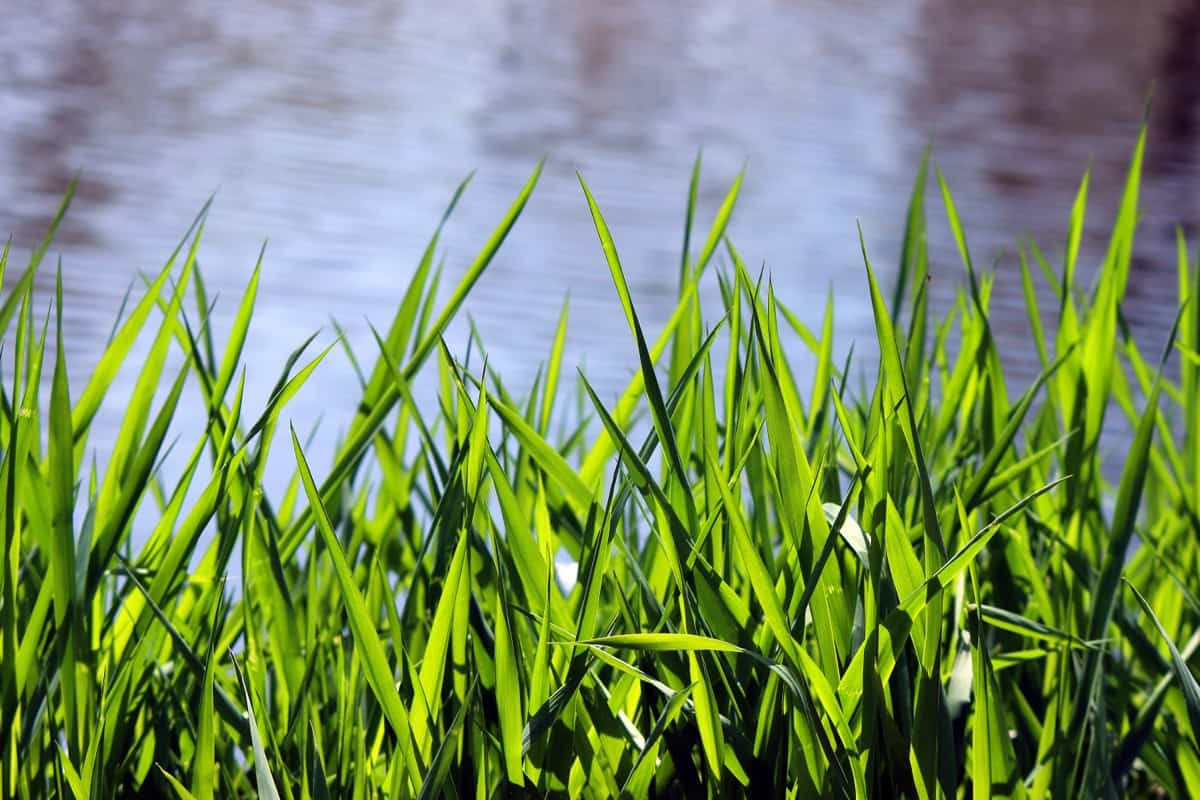
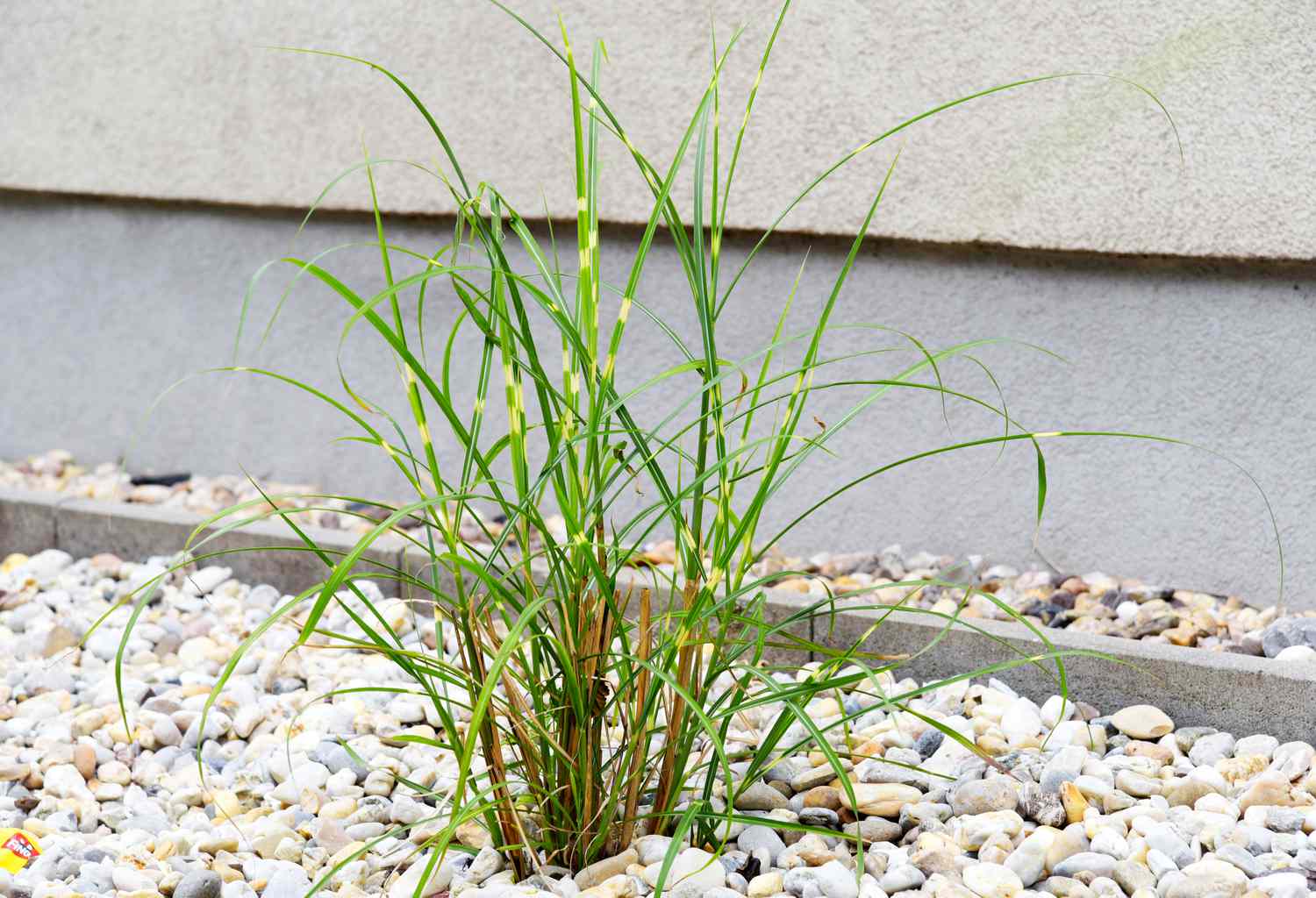
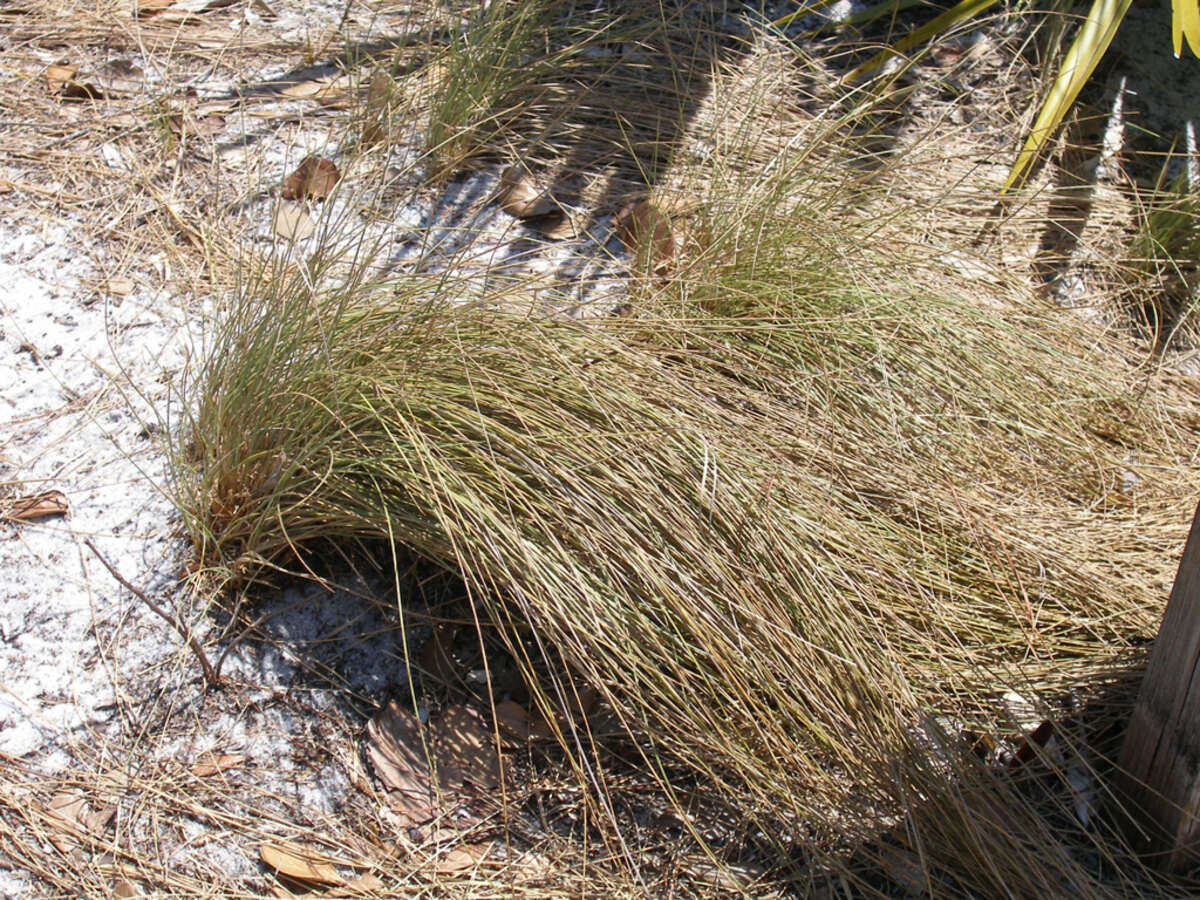
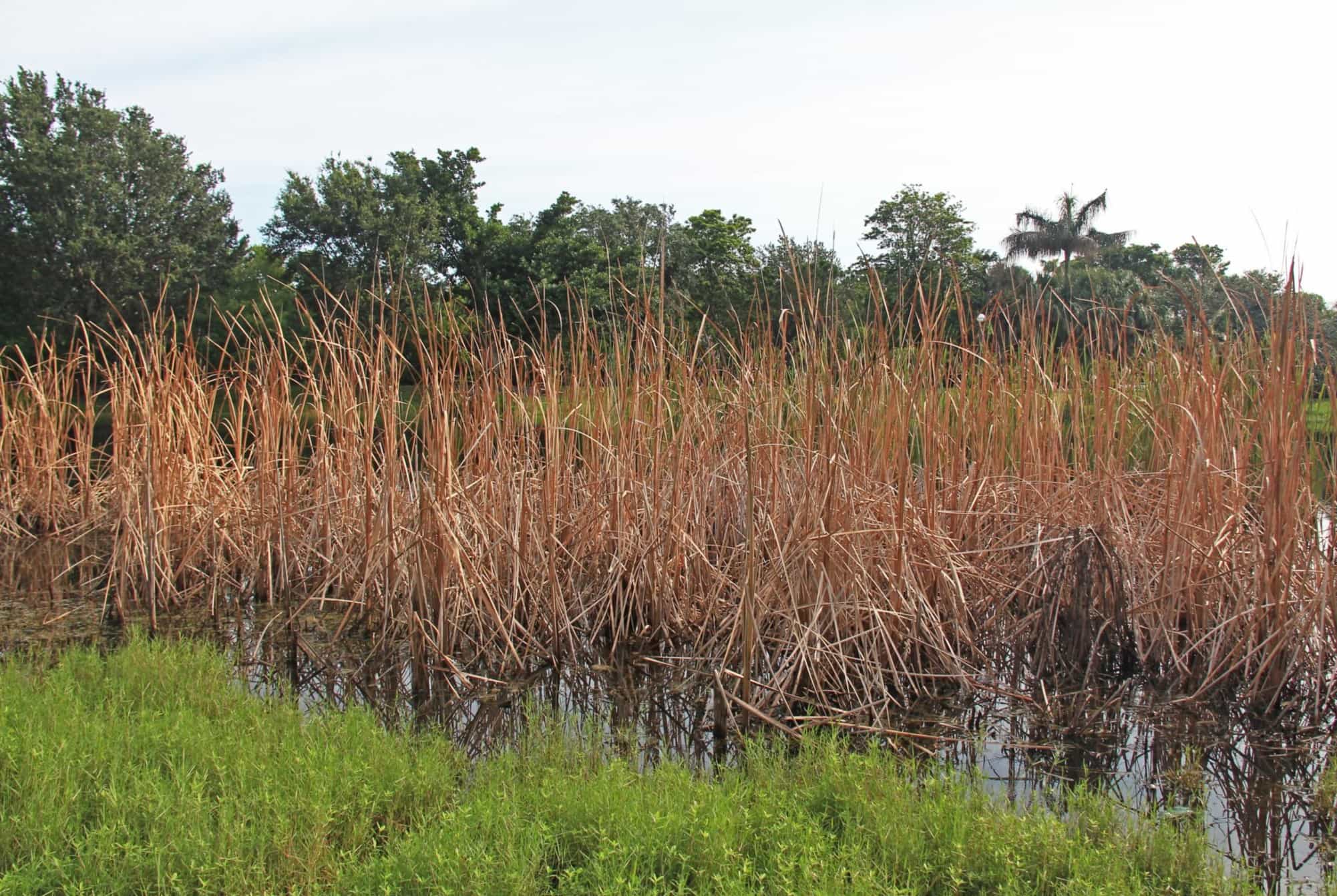
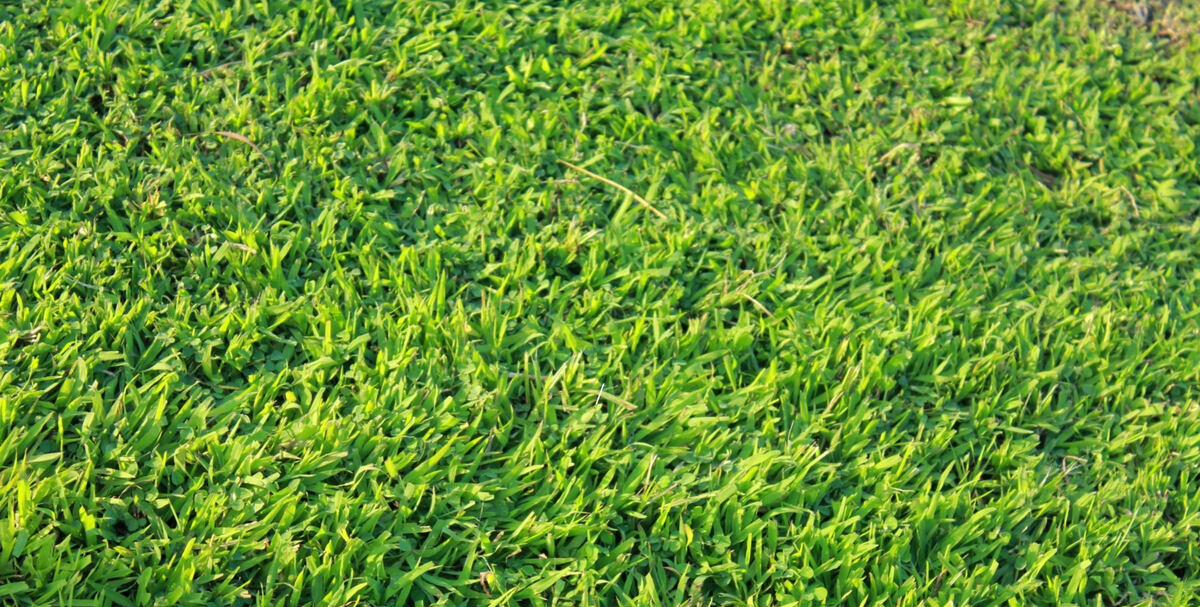

0 thoughts on “How To Get Rid Of Buffalo Grass”